The owner’s manual can be downloaded here:
The success of the monoblock SIT-1 led to the SIT-2, which offered similar performance at higher efficiency, and two channels in the same chassis. 2018 saw production of the SIT-3 which operated the SIT transistor in Common-Drain (follower) mode, again without feedback which was available until 2023.
Some years prior, SemiSouth suffered bankruptcy and we found ourselves unable to acquire more of this special part. However there was a company in Japan – Tokin, known for making industrial Silicon SIT parts suitable for audio use. Their production facility was destroyed in the Fukushima earthquake and tsunami, but we were able to acquire these parts from existing inventories of these devices over a period of several years. These large Tokin SITs enjoy that same Triode character, but at much higher voltage, current and power ratings than our original SITs.
A special variety of Jfet invented in Japan in the 1950’s, in the 1970’s SITs enjoyed popularity in the “Vfet” power amplifiers from Sony and Yamaha that are still highly regarded in high end audio. Ultimately the difficulty and expense of SIT manufacture made them less competitive compared to later bipolar transistors, and it is only more recently that their superior qualities have been recognized for high end audio.
SIT devices have a unique characteristic which is of particular value for audio amplifiers. Quoting inventor Nishizawa’s patent abstract, “(The) Drain-current to Drain-voltage characteristic simulates the Anode-current to Anode-voltage characteristic of the Triode vacuum tube very closely.”
As with Triodes, the characteristic curves of the SIT allow operation on Class A “load lines” that can determine the relative values of second and third order harmonics and have little in the way of higher order distortion. It is a now a common observation that the most appealing sound tends to come from a dominant second order harmonic character followed by a lesser values of higher order harmonics.
Historically SITs have been used in microwave, radar and other exotic applications, but found use in audio amplifiers produced by Sony and Yamaha in the 1970’s and 80’s. After that they pretty much existed as industrial parts from Tokin. Recently there has been renewed interest in these high power tube-like devices, partly because two audio companies stepped up and spent the money required to fabricate new devices suitable for audio power amplifiers.
The first of these was Digital Do Main in Japan, which produced at least two audio amplifiers based on newer Tokin versions of original Yamaha parts. The other was First Watt, with the custom SemiSouth Silicon Carbide SIT for the SIT-1, 2 and 3. The SIT-4 and SIT-5 amplifiers use the Tokin THF51s rated at 600 volts, 30 amps and 400 watts in a 10 watt/ch amplifier.
To see what’s special about SITs, we start with a look at the curves of a Pentode tube. This graphic describes the amount of current which will flow through a Pentode as a function the Plate to Cathode voltage with eight different values of the Grid control voltage:
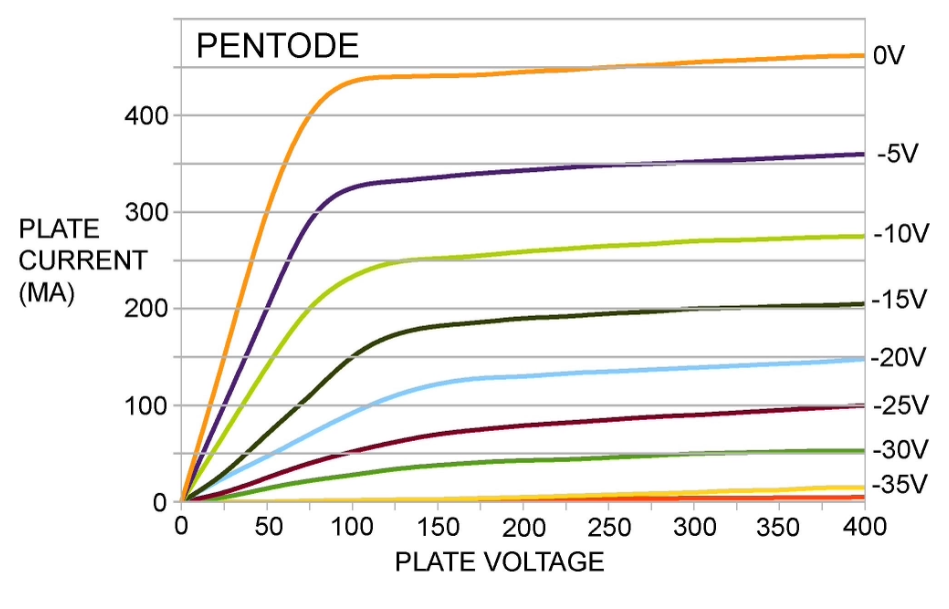
The behavior of an ordinary Jfet or Mosfet is very similar. As with the Pentode, the current flowing from Drain to Source in a Fet will flatten out as the voltage between those pins increases. In this regard Mosfets have a similar shape to the curves of Bipolar transistors, except that Bipolars use input current for control instead of voltage.
By contrast, Here is a set of Triode (300B) curves:
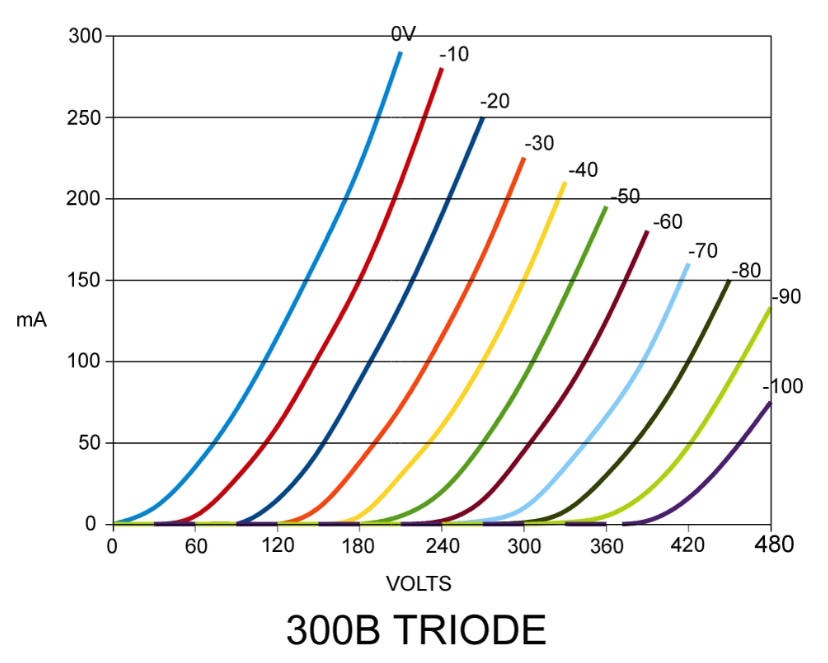
Much as with a Triode, with a SIT the current through the device depends not only on the control pins but also the voltage across the device, similar to a resistor whose value is controlled by the grid voltage. Here is the SIT used in the SIT-5:
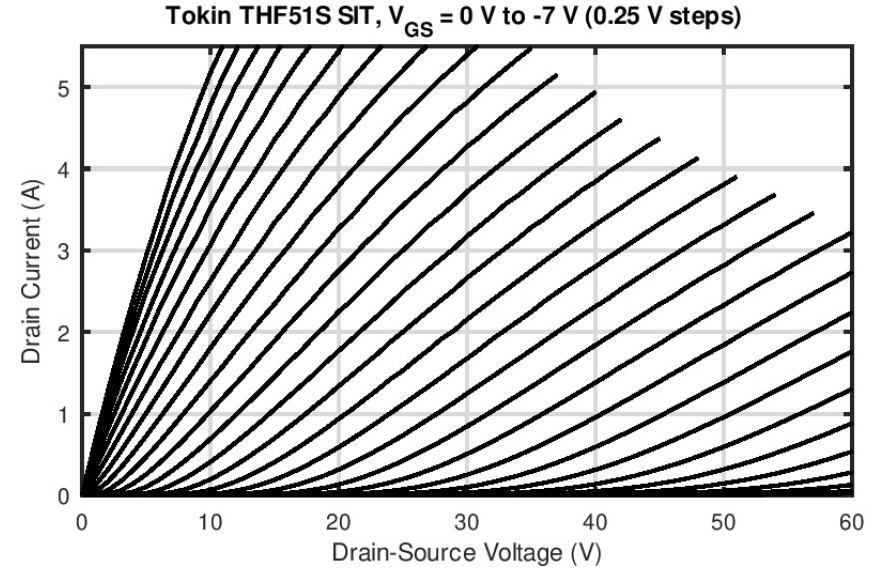
Audiophiles have gone to great expense to achieve as little as 1 watt of power using Triodes because of their specific sonic character. Unfortunately Triode performance is limited partly by the need to transform the high voltage / low current operation of the Triode down to the low voltage / high current domain of loudspeakers. This means an output transformer and the limitations/expense that come with it.
It has been a goal of some designers to get transistors to sound like Triodes, with limited success. Fets can sound like Pentodes, but it takes some gyrations to make a conventional Fet to resemble a Triode. There are two things we want out of a solid state device for this purpose. We want a “square law” input characteristic like that of tubes (which Fets are good at) but also a relatively low Drain resistance, equivalent to the Triode’s low Plate impedance.
This allows for a single gain stage with both voltage and current gain, and having a high input impedance and low output impedance without a feedback loop or degeneration. It also allows “working the load-line”, which describes the path of the gain device through the region of voltage vs current in the course of amplifying the musical signal driving the loudspeaker. By altering the load line, you can lower the distortion or create a particular distortion character.
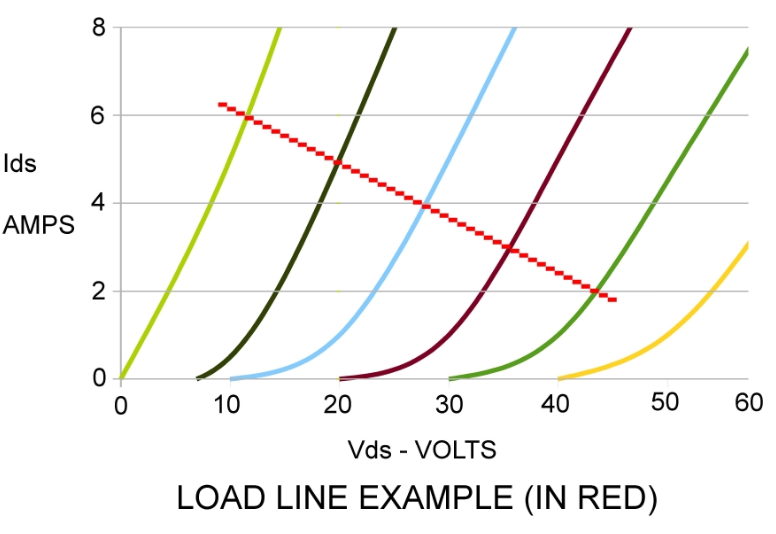
In the original SIT-1 amplifier we put a knob on the front which gave users some control over the load-line setting. It revealed a common preference for what we call a “negative phase 2nd harmonic distortion character”. We have settled on this sonic signature as the standard for our SIT amplifiers.
This is what that signature looks like on a distortion analyser, where you can see that the distortion is at twice the fundamental (2nd harmonic) and peaks negatively for all peaks of the fundamental:
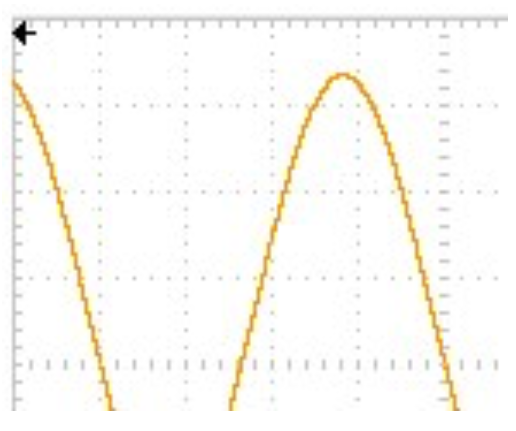
Below is a simplified diagram of the circuit of the SIT-5. It shows a single-ended RCA input to a push-pull voltage gain stage using complementary, mostly single-ended Class A output stage using a high power SIT in Common-Drain (follower) mode without feedback. This SIT is rated at 600 volts, 30 amps, 400 watts with frequency response to 50 MegaHertz.
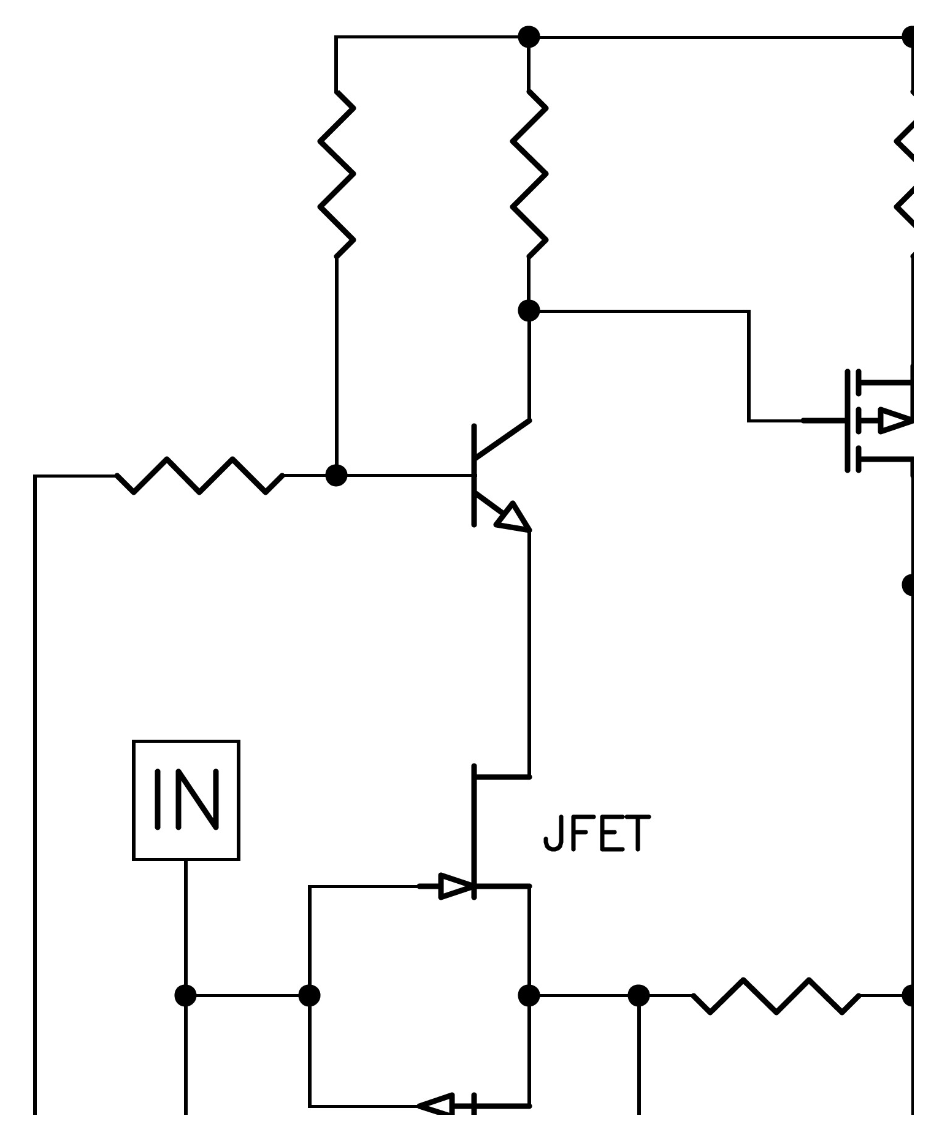
It is current biased by a negative 60 volt supply rail through a P channel Mosfet rated at 500 volts, 40 amps and 890 watts. This arrangement is unique in that the SIT is given a single-ended Class A bias current by the P channel Mosfet which is allowed to make a smaller contribution to the output, typically about 20%. This is seen on the right hand side of the schematic where the output goes through two sets of power resistors and capacitors.
By adjusting the ratios of these power resistors, through the two output capacitors, we can trim the load line of the SIT so that it dominates the output character, adds a little to the output power, but mostly gives a consistent character across a population of SIT devices.
Here are some performance graphics, achieved with a single-stage output circuit without negative feedback.
Below, the frequency response curve, showing bandwidth as -3 dB at 200 Khz. The lower curve is 4 ohms, and you can see the slight effect of the 0.2 ohm output impedance.
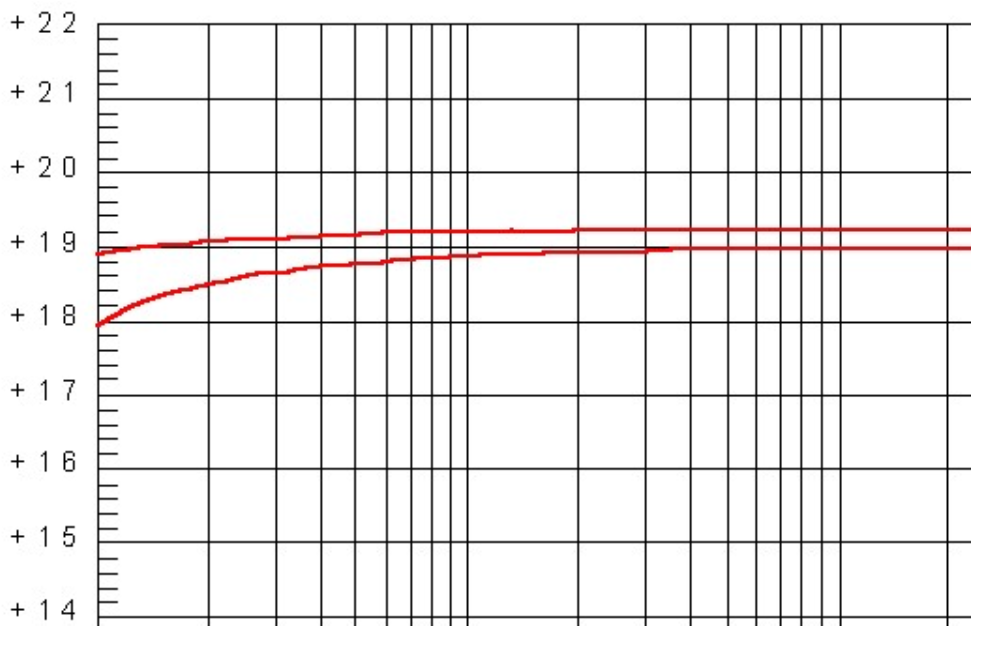
Distortion vs output watts into 8 ohms at 1 Khz:

Note that the distortion is a pretty straight line on this logarithmic graph, characteristic of pure 2nd harmonic. This starts to deviate significantly above the power rating with the addition of some 3rd harmonic content. Here is that same sort of curve, but with a 4 ohm load. You will note the consistency of character between this and the previous curve.
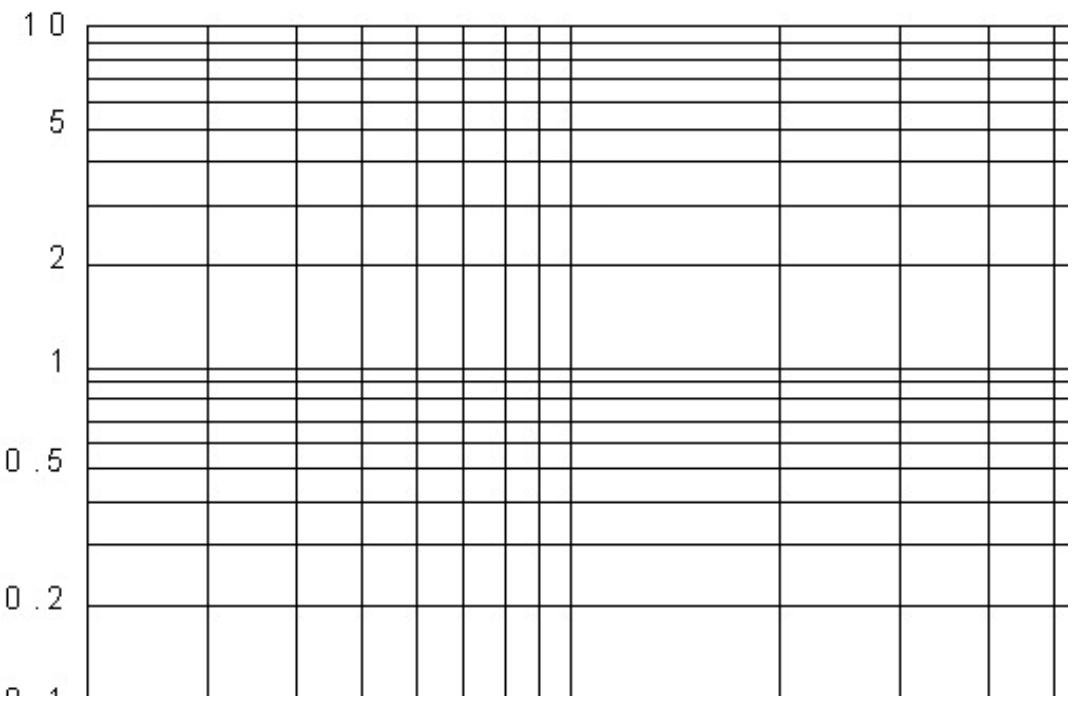
Below is the distortion vs frequency curves into 8 ohms at 1 and 35 watts. Again, the character remains quite consistent over the range.
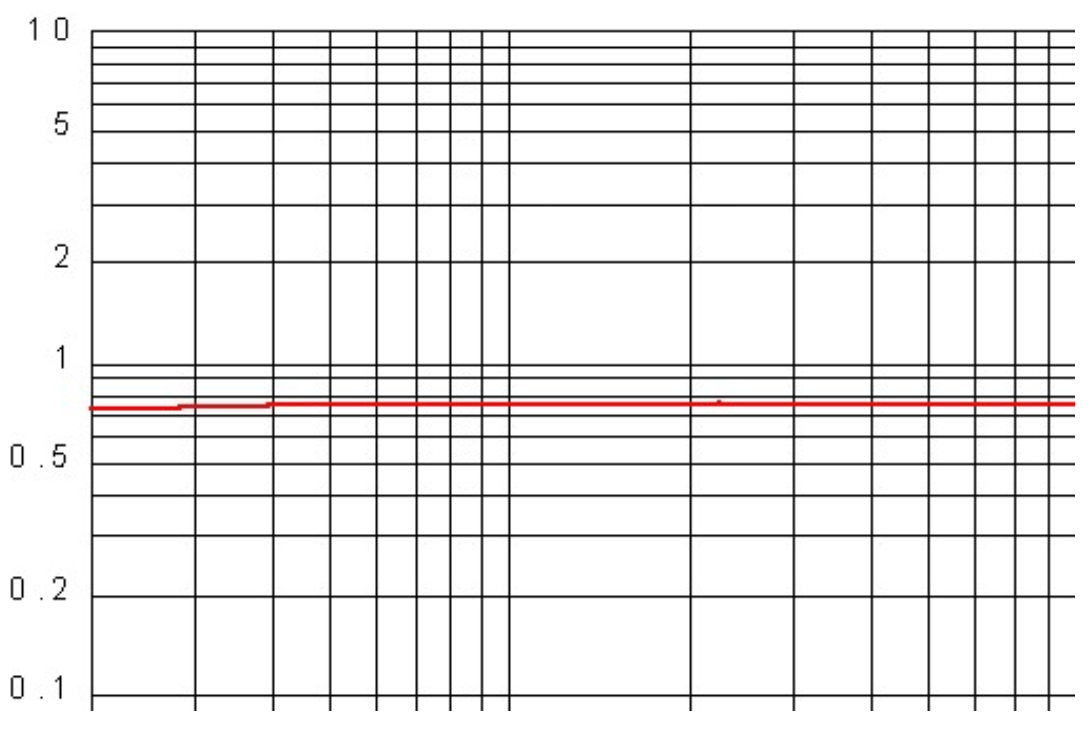
Below are the distortion vs frequency curves into 4 ohms at 1 and 60 watts:
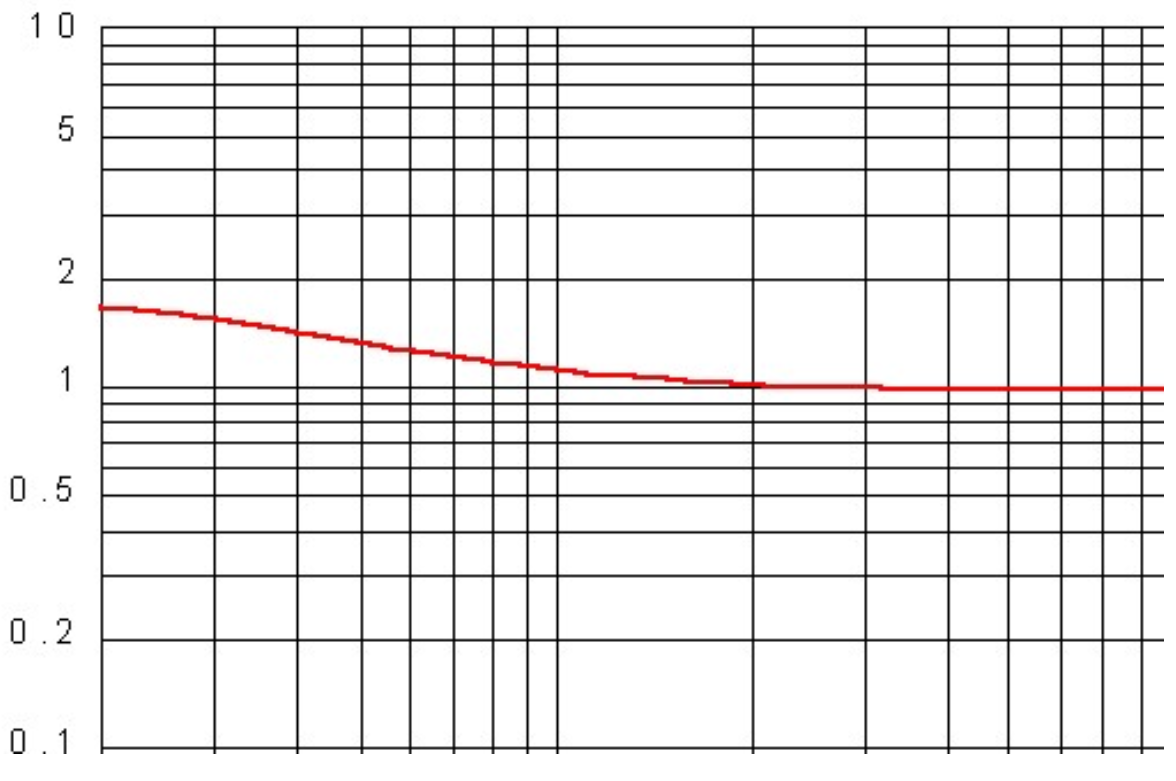
Finally, the square wave at 20 Khz at 10 watts, into 8 ohms:

Those little jags in the lines are the digital scope. Too bad analog scopes don’t put out digital files….
Personal Comments…
The comparison between the SIT-4 and the SIT-5 is not simply about power, although there is significant difference there. The SIT-4 has the SIT operated in Common-Source mode, where it supplies both voltage and current gain. The SIT-5 operates the SIT in Common-Drain mode where it only has to follow a voltage, giving it an advantage in lower measured distortion, bandwidth and output impedance. You should not expect them to sound the same.
My experience is that people to like 5 or 10 watt Triode tube amps driving efficient/high impedance loudspeakers will have an appreciation of the SIT-4 that is different than that of the SIT-5, designed with higher power around less efficient/low impedance loudspeakers.
It’s not merely about watts, but human taste and the relationship the amplifier has with the loudspeaker. In any case, it’s worth experiencing both sides, and you can actually do that with the same single gain device…
I always keep in mind that the graphics and numbers only hint at the sonic performance.
It’s interesting to compare the test data to the listening experience. Sometimes the two line up well (for good or bad), but sometimes an amplifier that tests well still leaves critical listeners disappointed. Sometimes the reverse is true.
Objective amplifier tests don’t necessarily tell the whole story (but are at least reliably repeatable) but they main thing is that they are in service to the listener’s experience.
Human perception is perhaps not the most reliable, but humans are the customers, and I rely on whatever information I can get, having developed some sense of the relationship between design, measurements and listening over the last 57 years.
I design mostly for myself. Only a few make it to market, but I am happy with all of them. It’s a lengthy task, but the process is simple: Think, Build, Measure, Listen, repeat.
For the SIT-5 this process began in 2020, and the design is now finished as we enter 2024.
These particular amplifiers are aimed at those audiophiles who appreciate detail, warmth, depth and imaging. They aren’t for everyone, although they seem to have considerable acceptance in the audiophile community.
Anyway, I hope you enjoy them as I do.
– Nelson Pass 10/29/24
Power Amplifiers
Ex-Dem Canor AI 2.10 Integrated Hybrid Amplifier
Ex-Dem LAB12 Integre 4 Mk2 Integrated Amplifier
Ex-Dem Pass Labs XP-22 Preamplifier
First Watt F7 Power Amplifier
The F7 is a very unique power amplifier.
Aa two-stage push-pull JFET/MOSFET topology with fewer parts than any First Watt amplifier to date and incorporating a very interesting balance of very low negative voltage feedback and a little bit of positive current feedback to give an astonishing measure of control over reactive loudspeaker loads.
First Watt SIT-4 Power Amplifier
First Watt Sit-5 Power Amplifier
Price is per unit
LAB12 INTEGRE4 MK2 AMPLIFIER
LAB12 MIGHTY POWER AMPLIFIER
LAB12 SUARA POWER AMPLIFIER
LAB12 SUONO POWER AMPLIFIER
Longdog Audio P6100M Monoblock Amplifiers
- Price is for a pair.
- Power output: 100W / 8 Ohms, 190W / 4 Ohms
- Bandwidth: 5Hz to 100kHz +- 1dB, 20Hz-20kHz +- 0.05dB
- Sensitivity: Gin 28dB, 1 RMS for full power output (single ended and balanced)
- Distortion: Less than 0.002%, more like 0.0004% @ 1kHz 1W
- Signal to Noise Ratio: 92dB Ref 1W RMS
- HiFi Choice Recommended Award
Read HiFi Choice 5 Star Review
Lumin Class AB Stereo Amplifier
- Matched styling.
- Unmatched performance.
- Multi-Stage transistors amplifier
- Dual Mono power supply and amplifier design
- Fully discrete voltage and current gain stages
- DC-coupled signal path
- Class AB operation
- High input impedence and sensitivty for direct DAC drive
- Intelligent bias and thermal management
- Stereo / Dual Mono / Bridged operation
- CNC single billet aluminium construction
- 600VA custom toroidal transformer
- Built-in overload, overheat and DC protection
Lumin Infrared Control Package
Pass Labs HPA-1 Headphone Amplifier
- I ONLY EX-DEM WITH ALL PACKING AND FULL WARRANTY
- The HPA-1 headphone amplifier was designed ground-up to become what we believe is one of the very best sounding headphone amplifiers available today. With low feedback, wide bandwidth and a direct coupled MOSFET output stage, this musical instrument drives even the most difficult headphone loads with ease, power and grace. The HPA-1 also functions as a line-level preamplifier that sonically rivals much higher-priced competition. The measured performance is superb and the sound even better.
Phasemation EA-550 Phono Monoblocks (Pair)
Phasemation MA-1500 Monaural Power Amplifier (Pair)
Phasemation MA-2000 Monaural Power Amplifier (Pair)
Pre-Owned Luxman Pre + Power Amplifier Set
PS Audio BHK 300 Signature Mono Amplifiers
PS AUDIO BHK SIGNATURE 250 STEREO POWER AMPLIFIER
PS Audio Stellar M700 Stereo Power Amplifiers (Pair)
- Enjoy an unheard of level of control and command from your loudspeakers with the Stellar M700, one of the most extraordinary under £5,000 power amplifier pair ever crafted. The M700 combines the slam, linearity, control and pacing of a Class D output stage with the warmth, grace, and rich inner detail of Stellar’s Class A Analog Cell. The results are nothing short of breathtaking. Liberate all the toe-tapping energy trapped in your media library. Plumb music’s subterranean depths as your system gives you more bottom end than you thought possible. Revel in rich layers of fine, full detail. Marvel at the deep, extraordinary, wall-to-wall soundstage. Control your loudspeakers as never before. Effortless. Lush. Stellar.


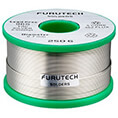
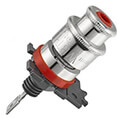
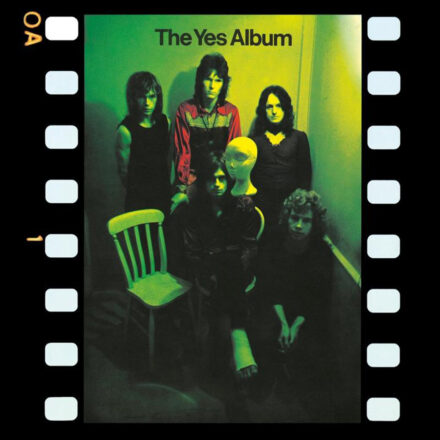








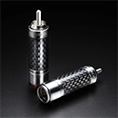
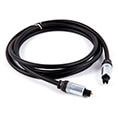
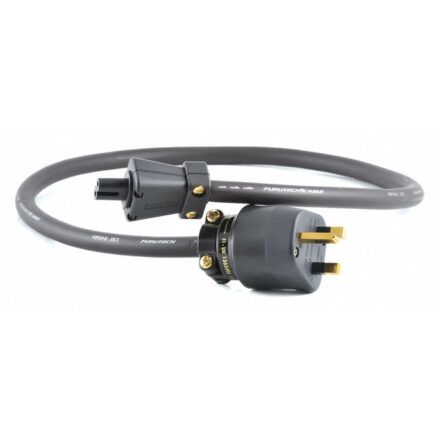
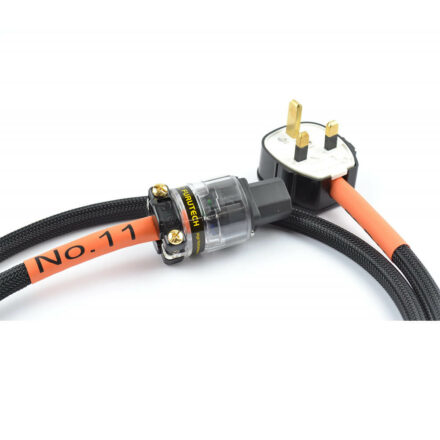
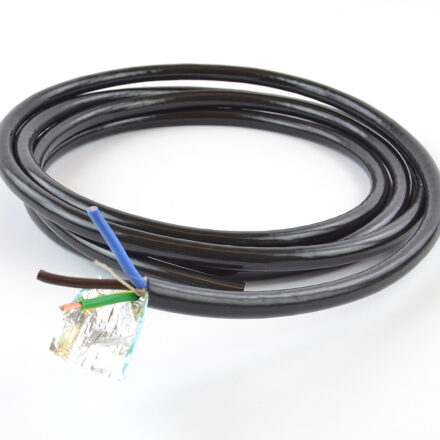

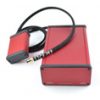
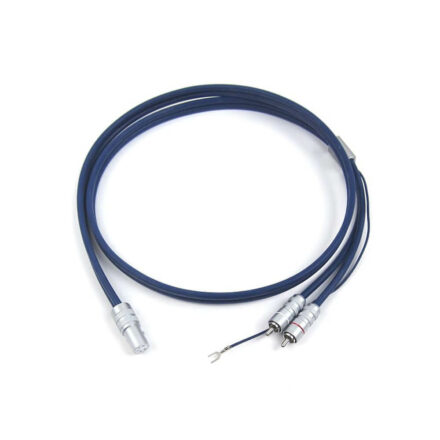
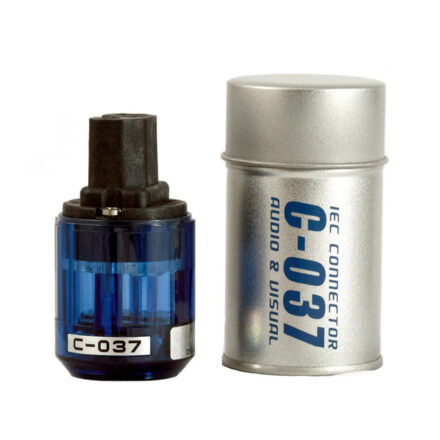


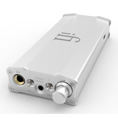
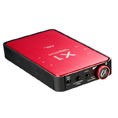
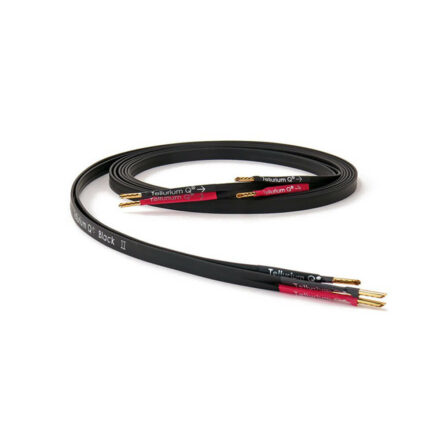
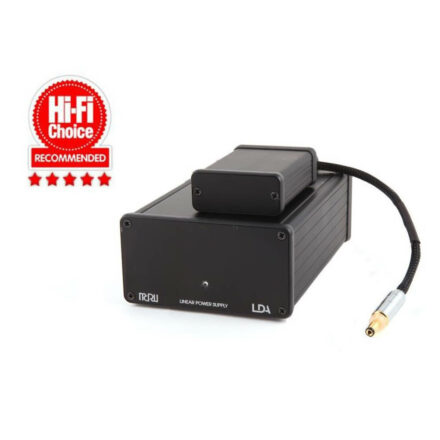


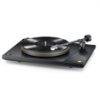
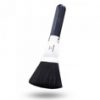
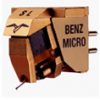




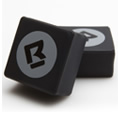



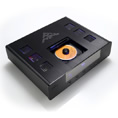







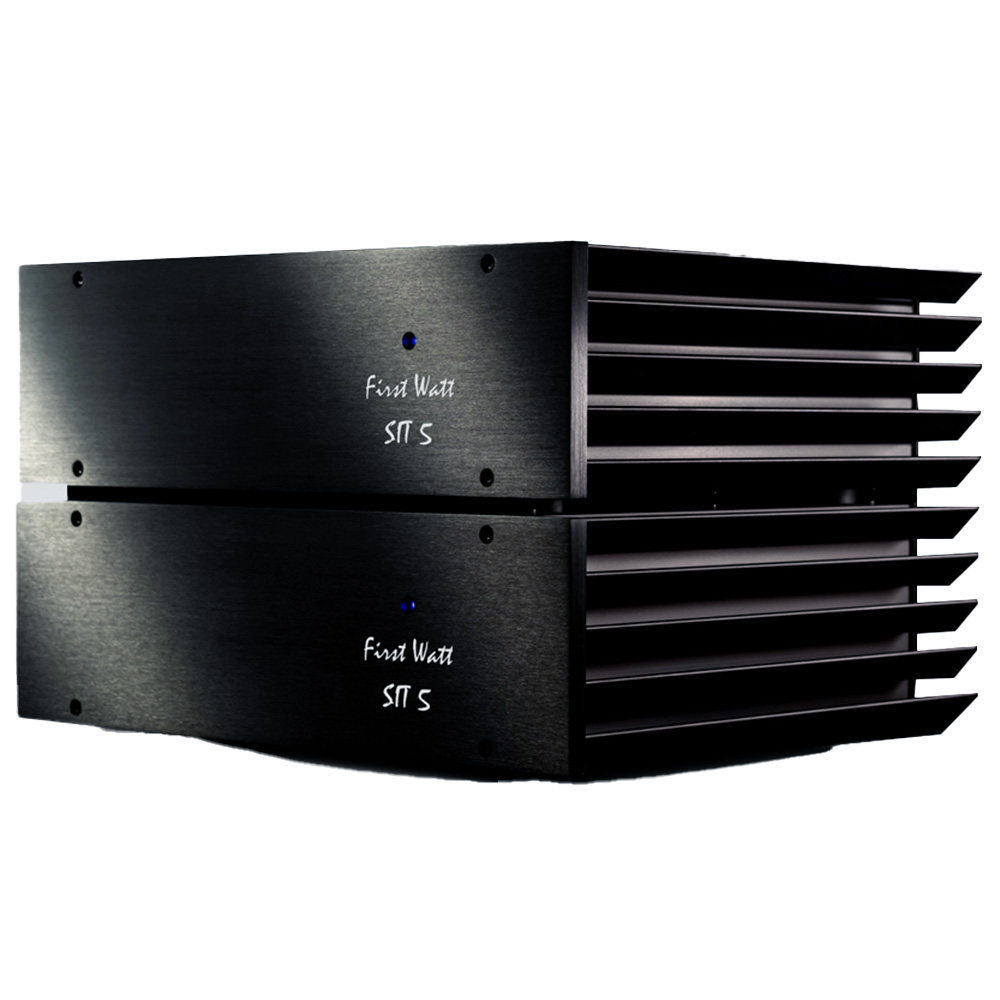
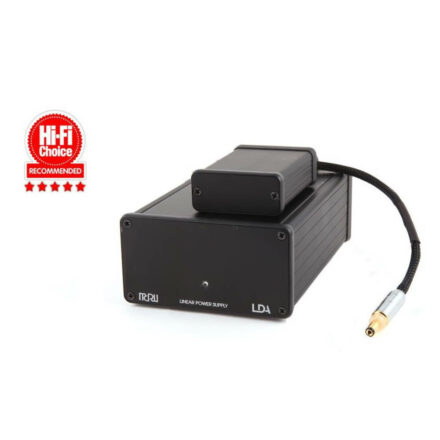
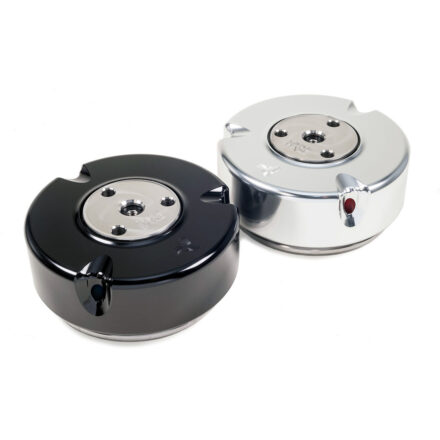

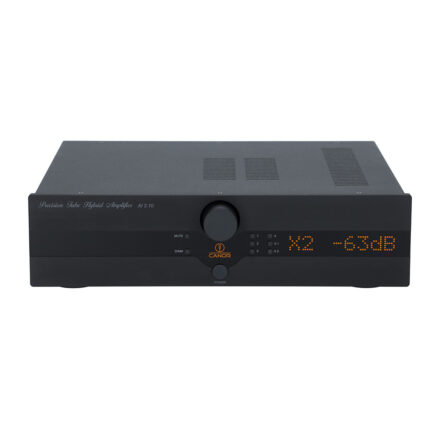
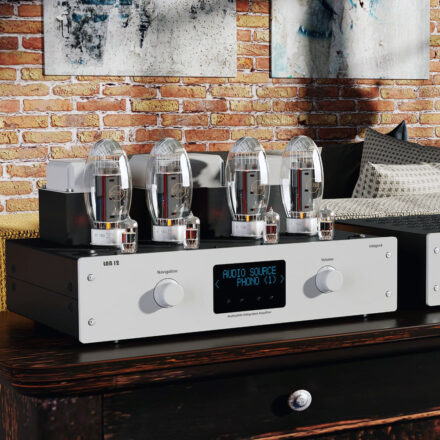
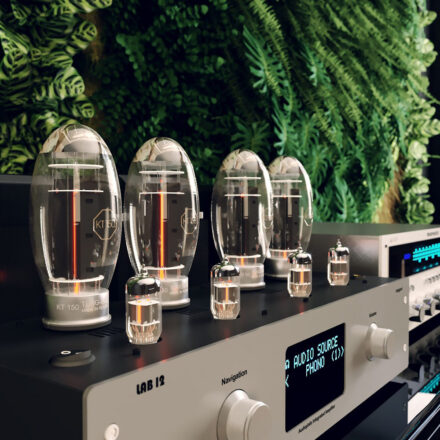

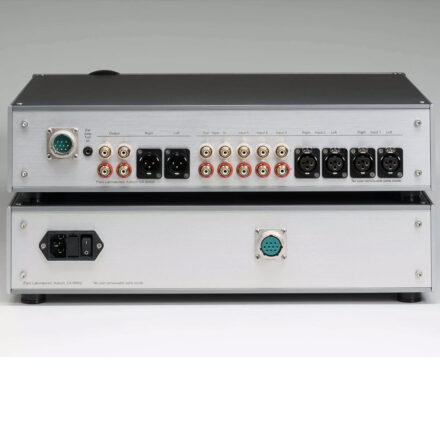
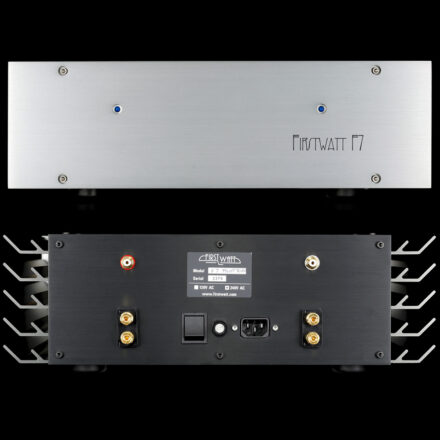
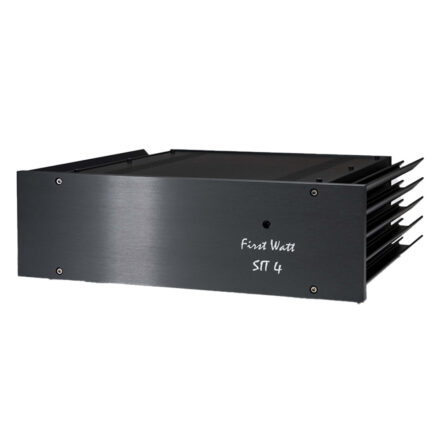
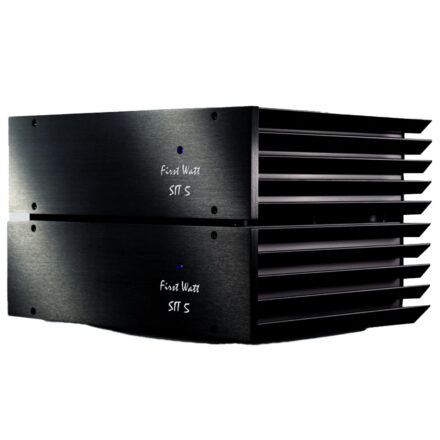
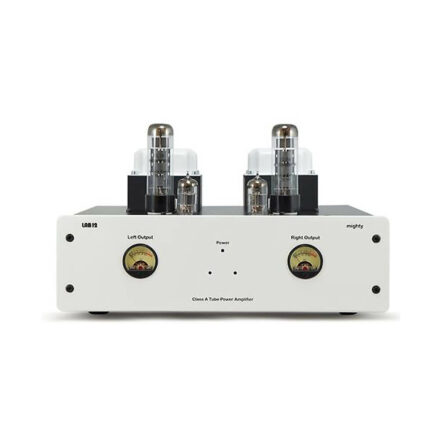
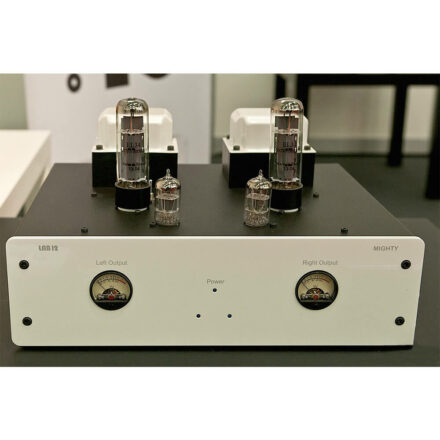
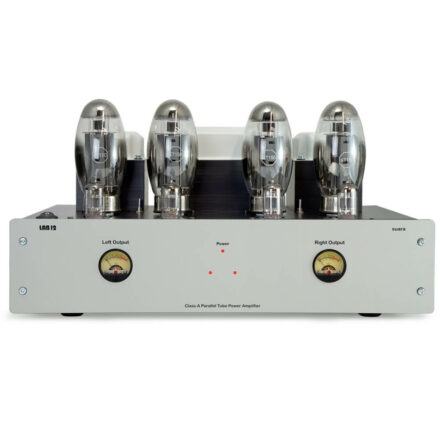

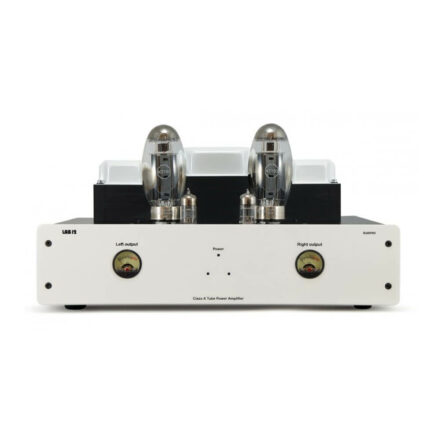
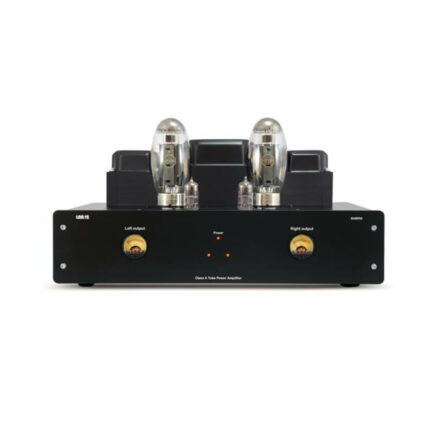
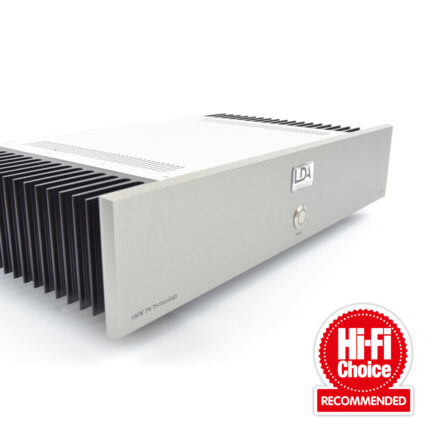
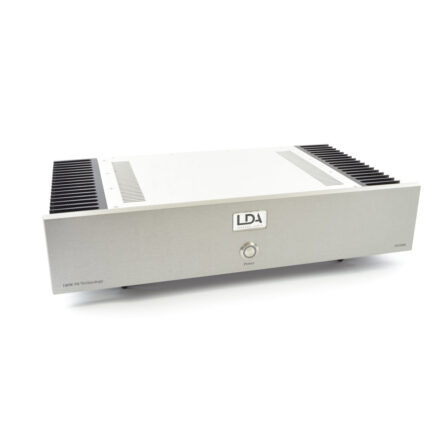
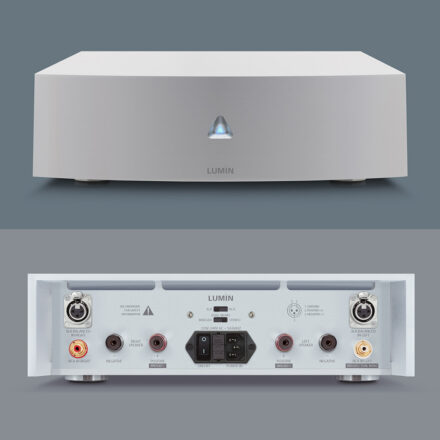
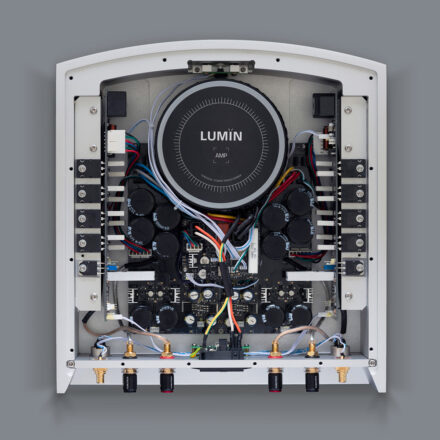

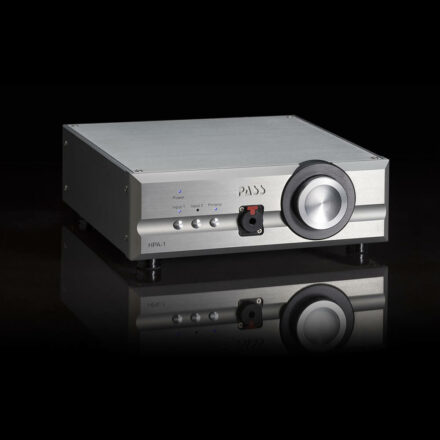
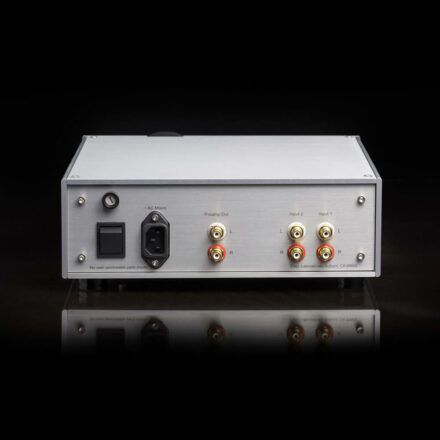

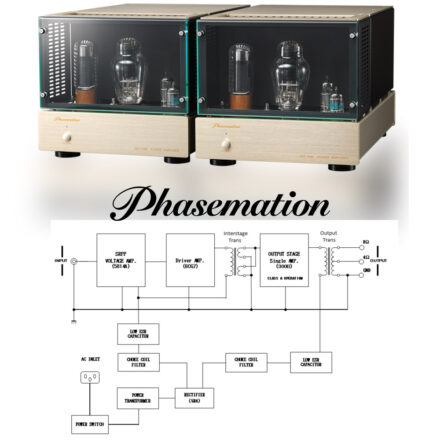
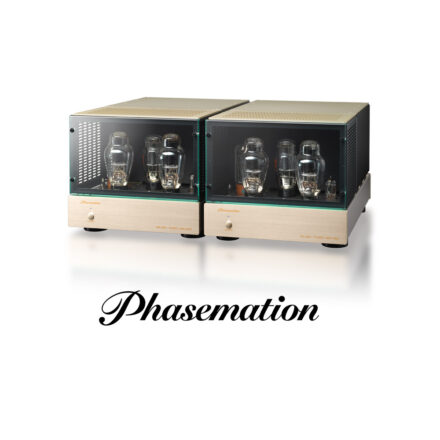
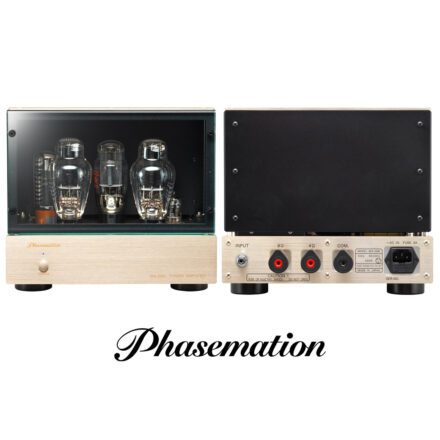
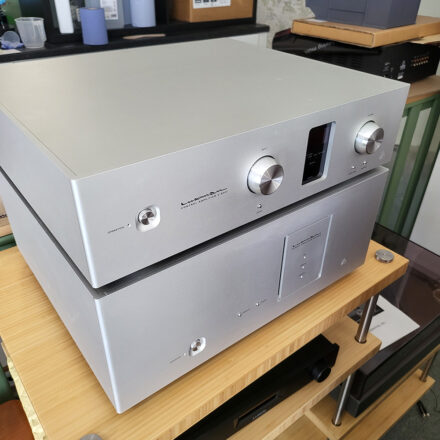
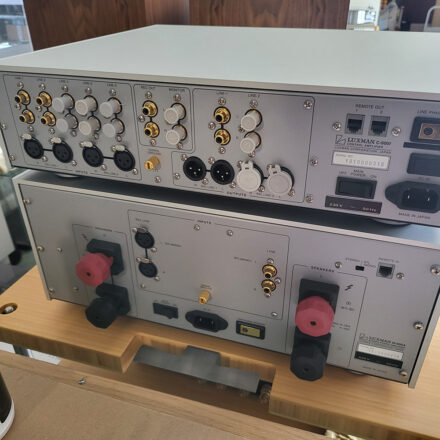

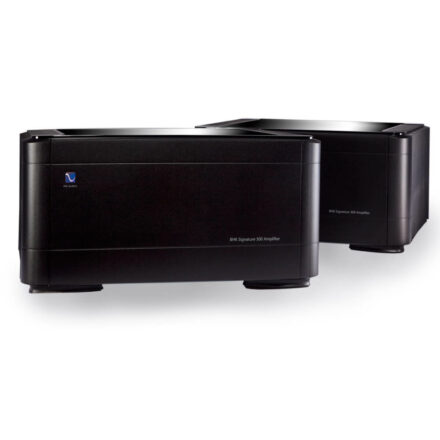


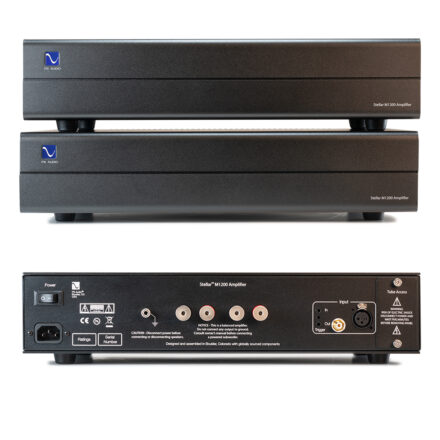
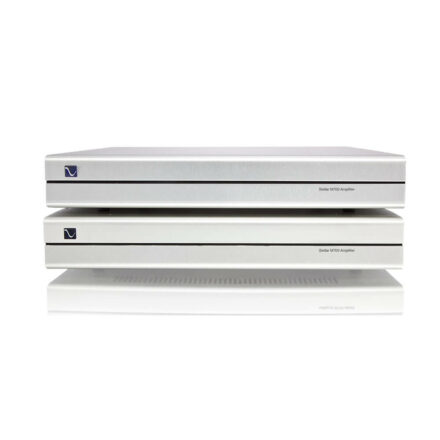
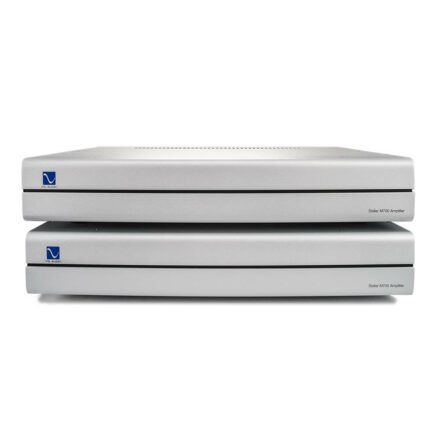

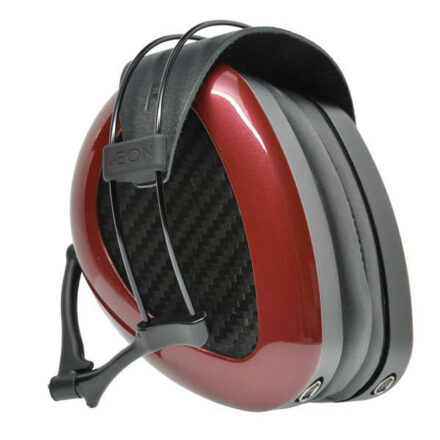
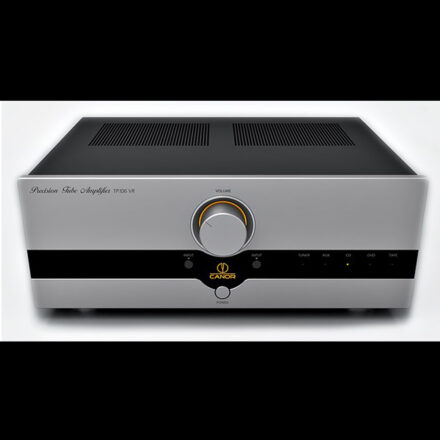
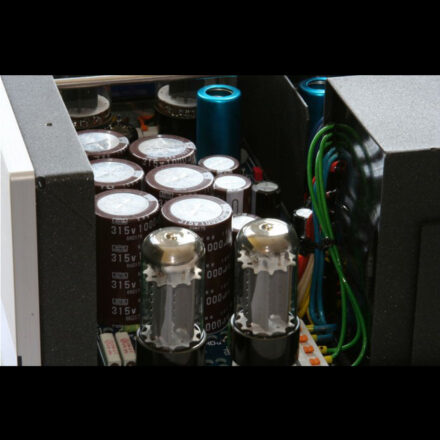
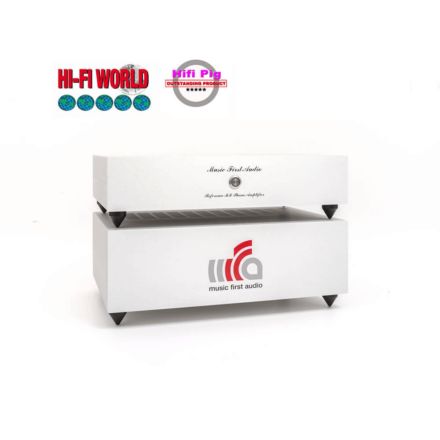
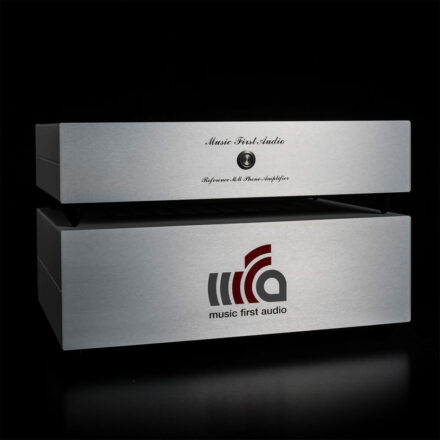
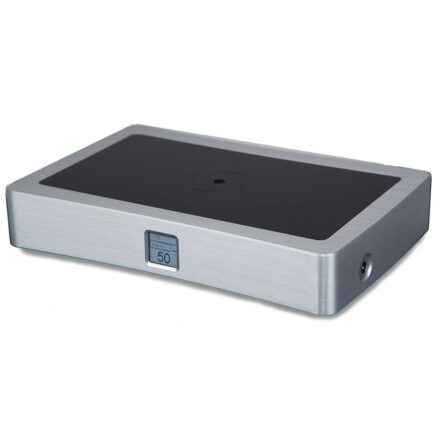
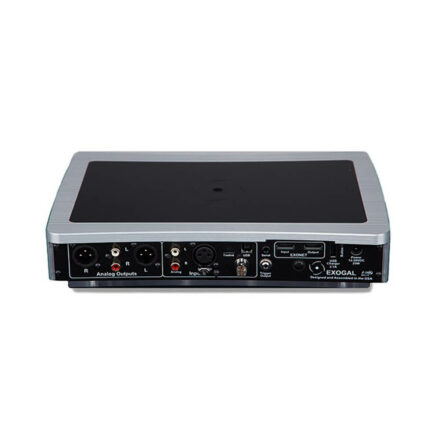
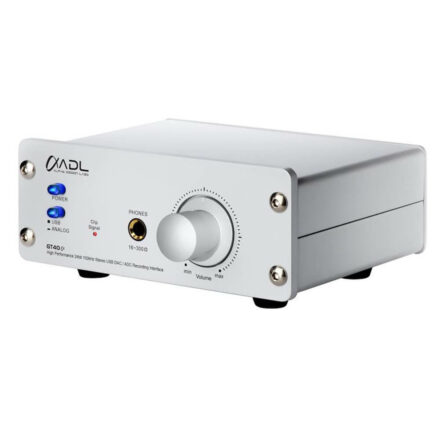
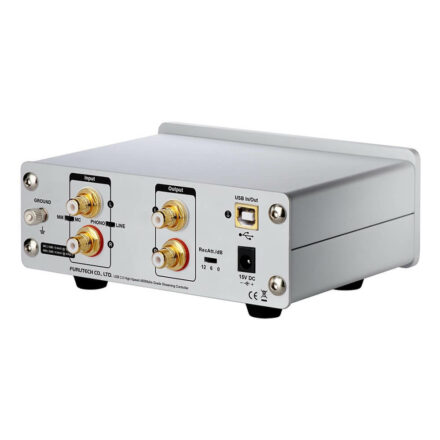

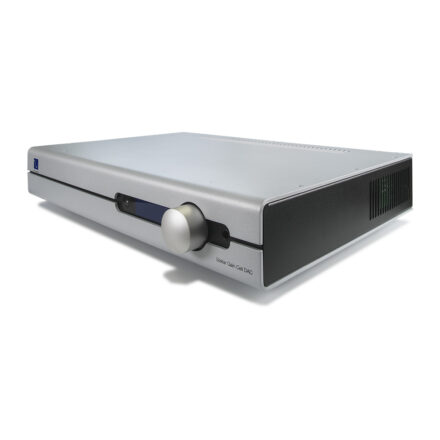
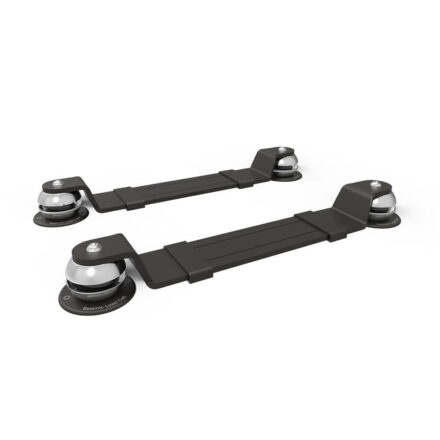
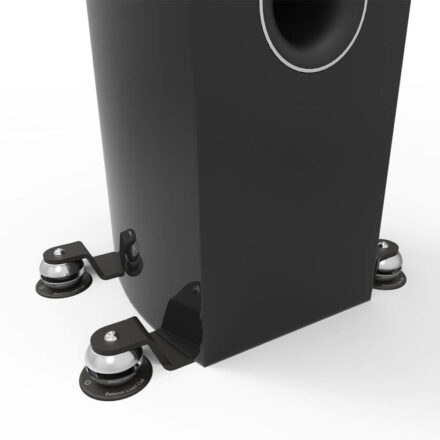



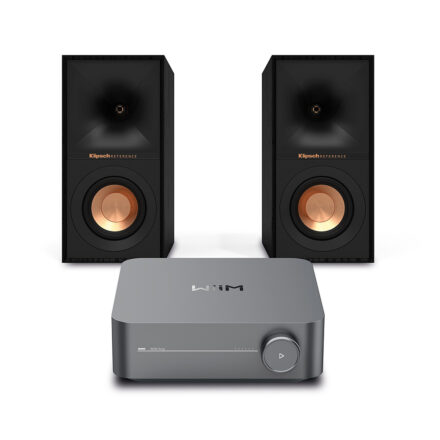
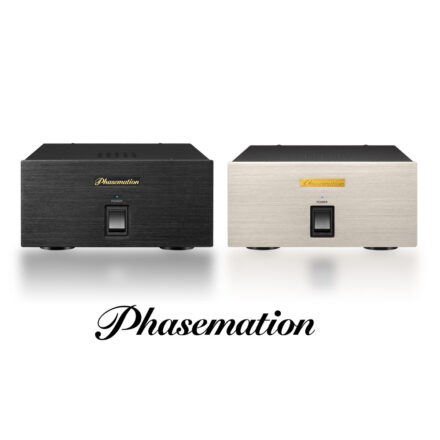
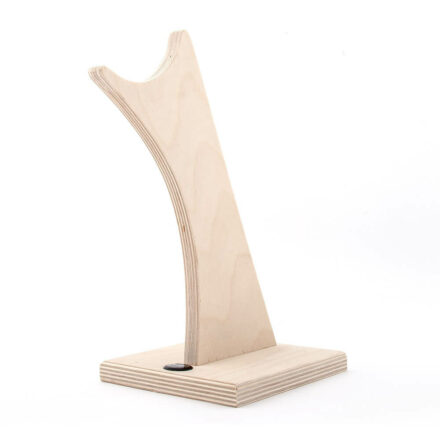
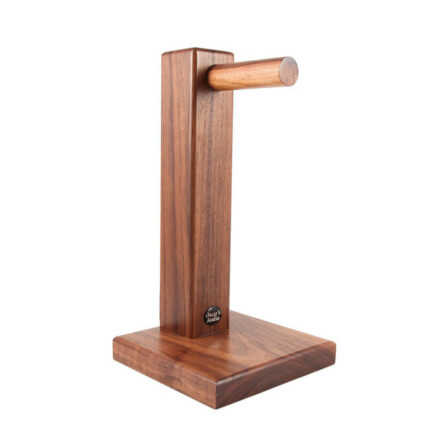
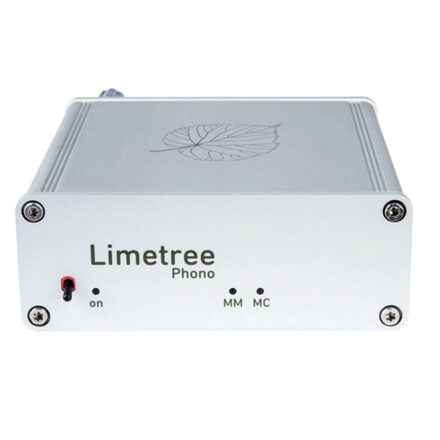
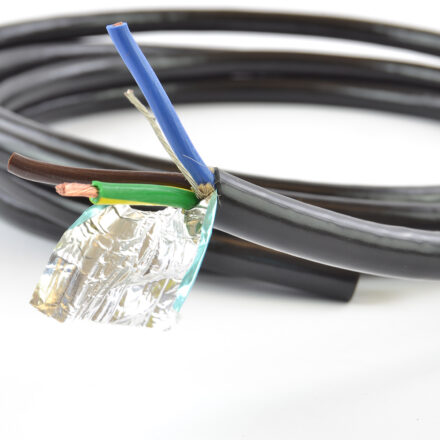
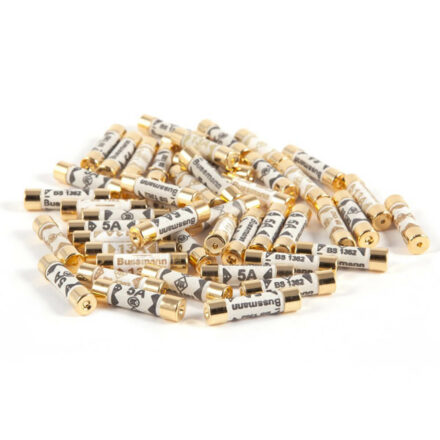
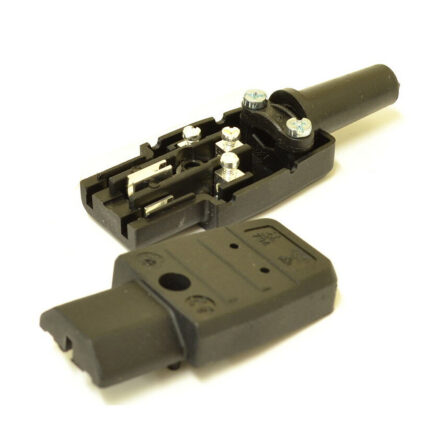
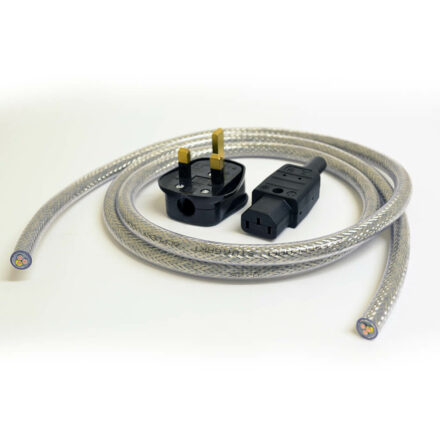









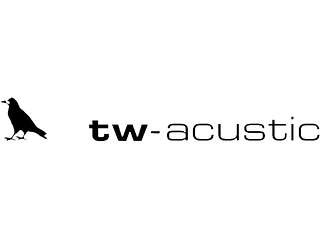







Reviews
There are no reviews yet.